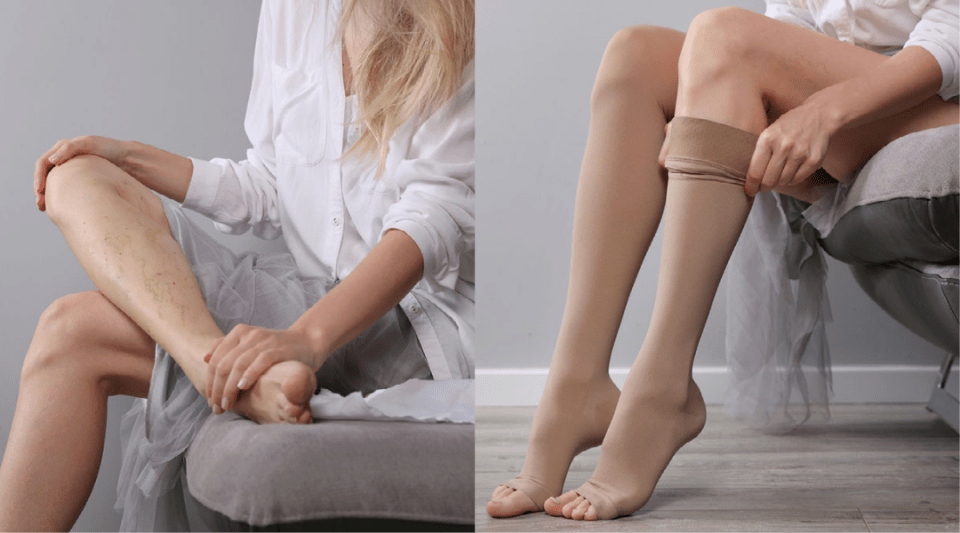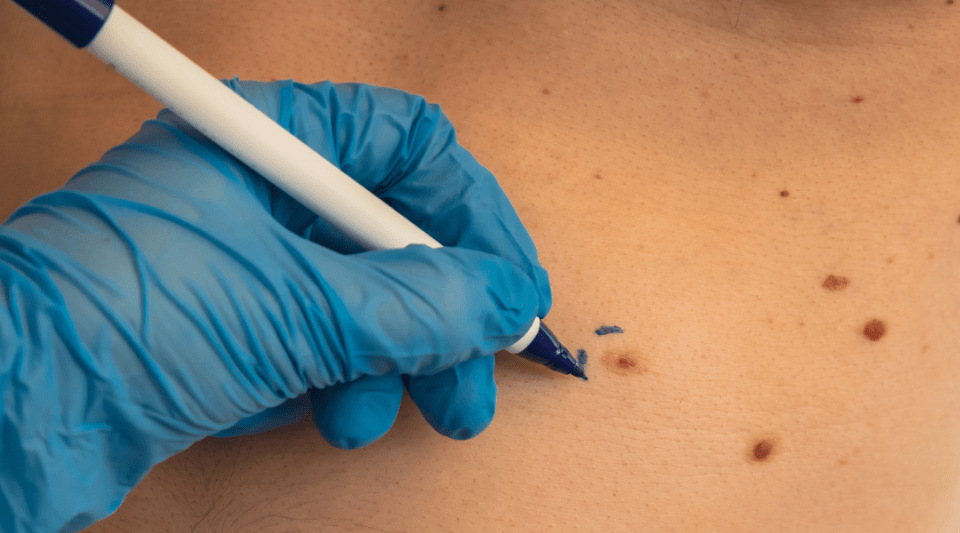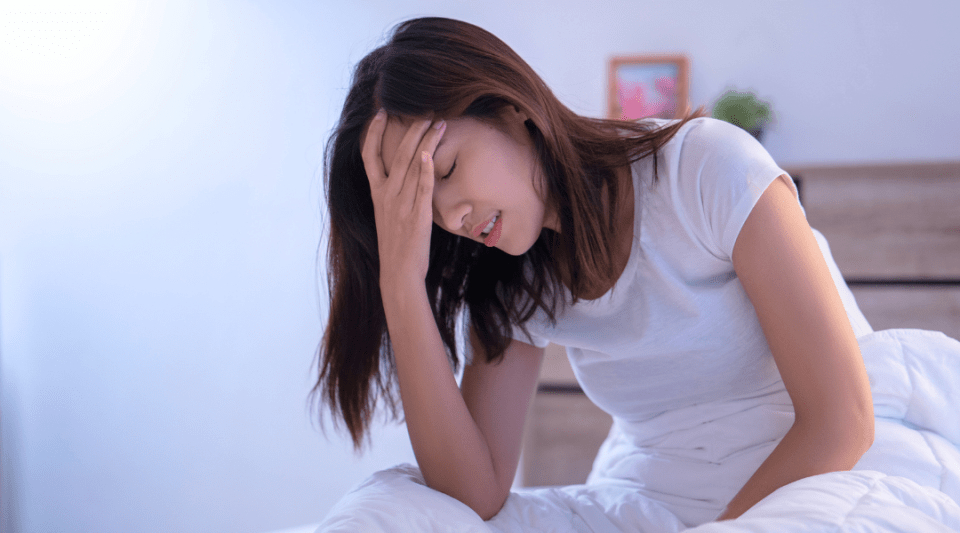Varicose veins are dilations of the leg veins caused by venous insufficiency. In other words, the veins cannot perform their function correctly as they cannot return the blood from the legs to the heart very well. This causes blood to collect in the legs, widening the veins, which become visible and palpable.
There are several causes of varicose veins, such as advanced age, genetics, pregnancy, sedentary lifestyle and being overweight. Although varicose veins cannot always be prevented, following certain recommendations can improve their appearance or stop them from progressing further. Some of these recommendations are:
- Keeping the skin clean and very hydrated.
- Avoiding sources of heat such as sun exposure, hot water baths or thermal baths, saunas, depilation with hot and tepid wax.
- Taking cold showers and massaging the area from the feet to the thighs with a water jet.
- Raising your legs while resting - above the level of the heart, if possible - several times a day and overnight.
- Avoiding being on your feet for a long time throughout the day.
- Not wearing very tight clothing on your legs that hinders blood circulation.
- Following a proper, balanced diet to control weight and prevent obesity.
- Exercising regularly, especially walking. This is one of the most important measures. When walking or exercising, the muscles of the legs are moving, which helps push blood towards the heart and prevents it from accumulating. It can also improve any discomfort you are experiencing. If you have any difficulty walking, or it is discouraged for any reason, swimming and cycling are also recommended sports.
- Maintaining healthy habits during long trips. People who travel by plane, car or bus for more than 4 hours without moving have a higher risk of venous thrombosis. You should take breaks to walk or perform exercises to move the leg muscles.
Avoiding alcohol and tobacco use is also helpful. Although not directly related with the disease, it is associated with obesity and a sedentary lifestyle, which can both lead to varicose veins. As well as these recommended habits to improve varicose veins, there are also numerous pharmacological and non-pharmacological treatments available. The main objective of treatments is to improve the symptoms and quality of life of patients and prevent possible complications. The main non-pharmacological treatment is the use of compression stockings. Using compression stockings has been shown to be more effective than pharmacological treatment, both in the prevention and treatment of varicose veins. Other treatments that can help are physiotherapy, drainage massages and pressotherapy.
Phlebotonics are the drugs used to treat this disease. However, despite their great variety, they are not effective for most patients. Surgical treatment is also possible in some cases, where it aims to treat the cause - normally venous reflux disease, due to impaired valve function - and remove the visible vein. Finally, in recent years, new therapies, such as endovenous laser therapy, foam sclerotherapy and radiofrequency, mechanical or chemical ablation, are being developed.






